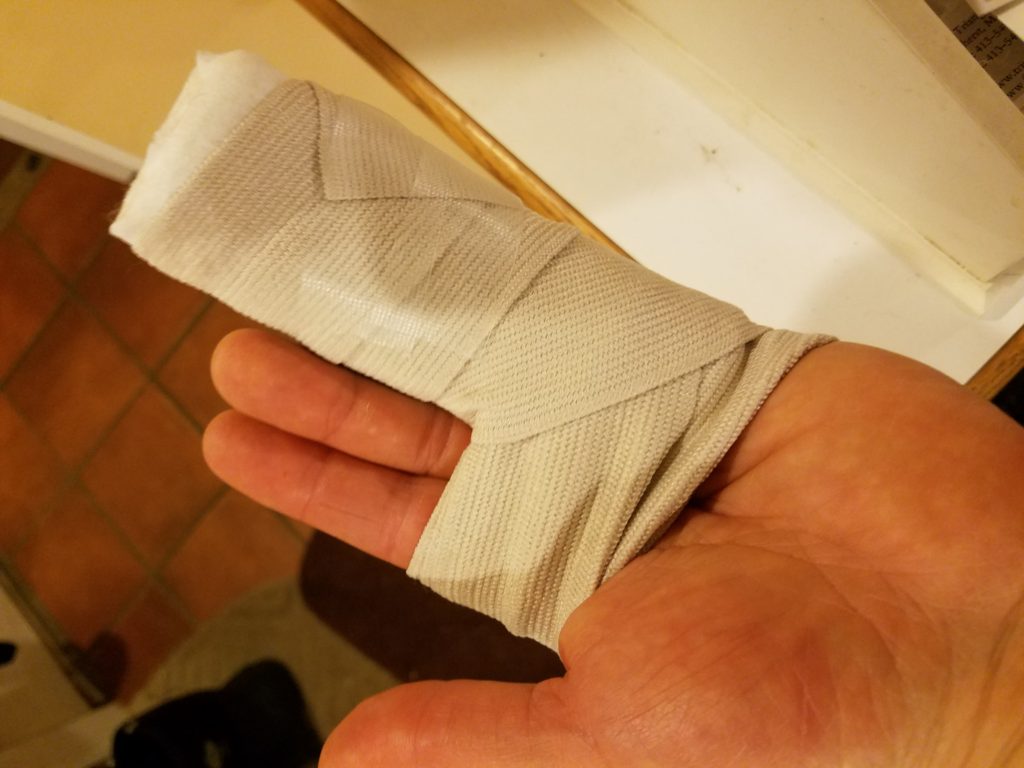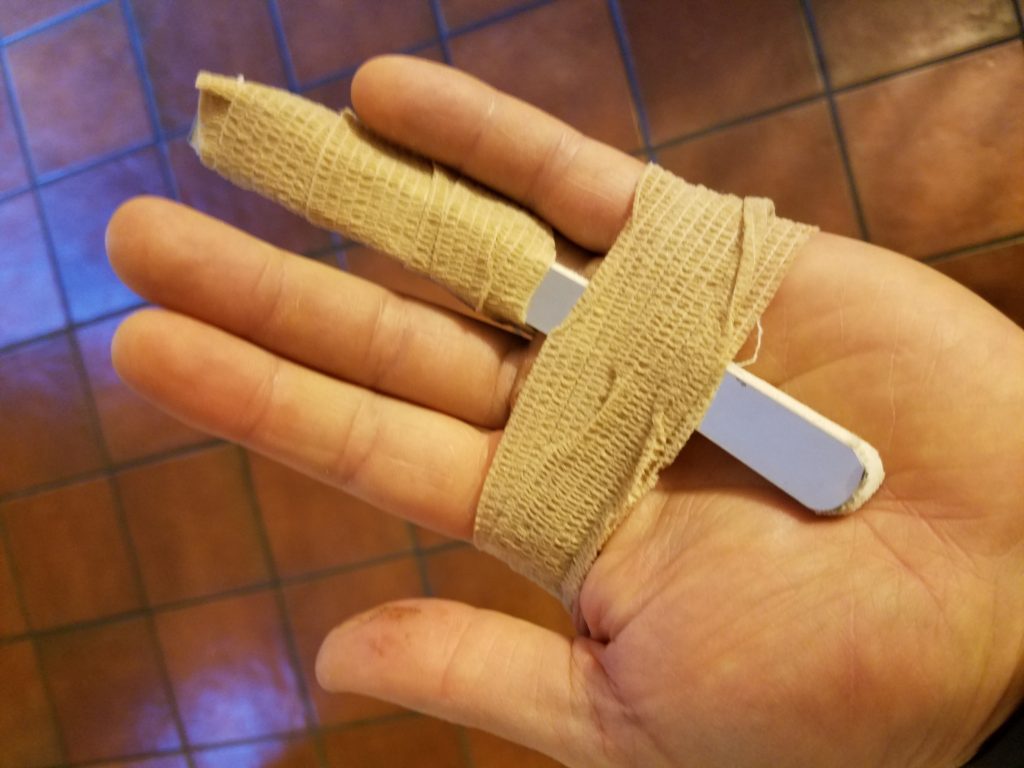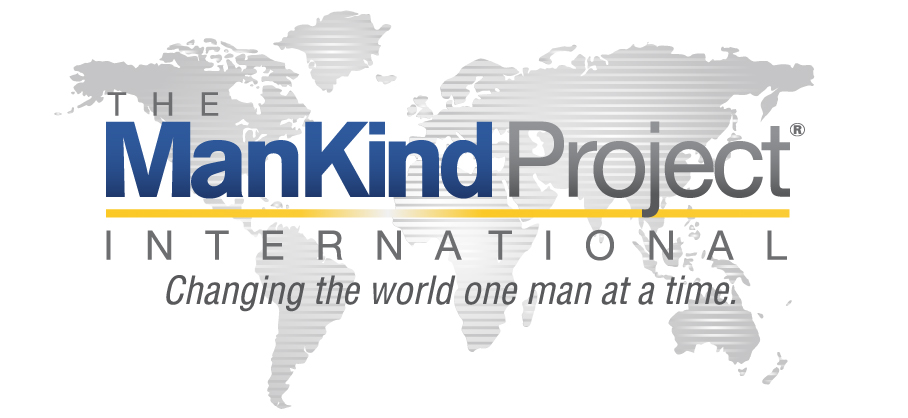This is a wooden box.
Some people use them to jump up onto for exercise.
I am one of those people.
Two weeks ago, I was using a box quite similar to this one, when I caught my left hand on the edge of box as I was jumping the 24 inches on to it.
It hurt, but I thought it was just a bruise. I finished the workout, and noticed that my finger was pretty swollen.
Just to be on the safe side, I figured I should have it checked out.
I called my Primary Care Physician’s office, and they suggested I have it X-Rayed.
Late that afternoon, I learned I had three hairline fractures in the middle phalanx of my left ring finger.
I tried to get in to see someone in my primary care practice to get a splint put on. No luck. They were all gone for the day. The best I could muster was a visit with the Doctor in Urgent Care.
The Urgent Care Doctor was pleasant enough, but I quickly got the sense that mending broken bones wasn’t her specialty.
Maybe it had to do with the fact she said:
You’re my first broken bone all day! All I’ve had are people wheezing from colds and flu.
Or maybe it had to do with her attempt to fit a splint on my hand, but she didn’t have one that sized well on my hand.
What we ended up with as a brace looked like this:
A combination wrap/brace that extended 2 inches beyond my hand. It was wrapped in a way so that I had no use of my left and whatsoever. I looked like a burn victim.
The Doctor’s orders: Wear this for two weeks and go see your regular Doctor.
As I left the office, I knew immediately that this was a sub-optimal solution. Beyond the sheer aesthetics, it was clear that this was not going to work.
That evening, I called two friends who are medical professionals to ask for a referral. They both suggested the same sports medicine/Orthopedic practice.
I was able to get in the next day to see a Physician’s Assistant at the Orthopedic practice. He took one look at my “bandage” and laughed. I left the office twenty minutes later with something that looked like this:
I also left with specific instructions on how to care for my injury for the next two weeks.
In hindsight, my decision to seek treatment for a broken bone with a generalist seemed pretty dumb.
Why didn’t I seek out an expert? Why didn’t I look for someone who specializes in exactly what my need was?
It’s The Cognitive Bias, Stupid
It boils down to how humans process information.
We all deal with complex issues that have involve making decisions. These decisions (especially at work) have to be made immediately.
We filter theses situations through our brain–which adds in cognitive biases. We often make choices on the basis of our past beliefs, or even chance associations. And then–here’s the sneaky part–once we make the decision, we start seeking out opportunities to prove ourselves right. We seek information that creates a justification-reinforcement loop.
In my case, it was easier to stick with the known (my primary care practice), then to stop for a second and even consider if this was good idea. It was quicker and more convenient. It took less work to think through.
Stopping to really think the issue out (Wow! I have a broken bone. Who specializes in broken bones?) was far more uncomfortable. I wanted the easy and most convenient answer to be the best one.
In this case, I was lucky to be able to get a “do-over”, and re-choose the next day. At work, we’re not always so lucky.
When faced with challenging decisions at work, what steps do you take to make sure you don’t just default to the familiar? Join the conversation by leaving a comment below.
Source: Alain Hunkins :: http://www.pioneerleadership.com/




